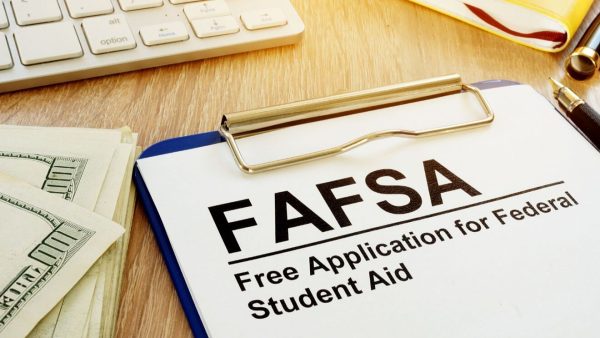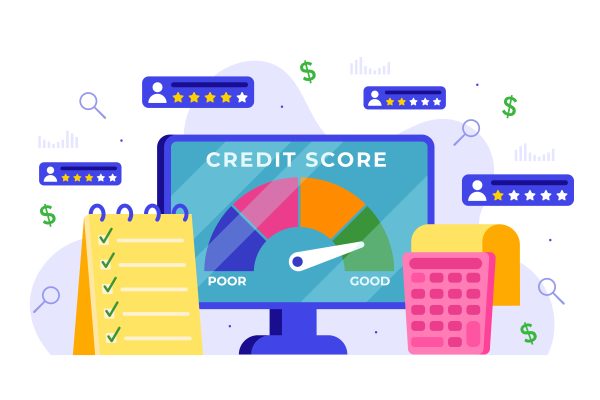
As the cost of higher education continues to rise, students and their families face the challenge of finding ways to finance college tuition and expenses. One essential tool in the realm of financial aid is the Free Application for Federal Student Aid (FAFSA).
This article aims to provide a comprehensive understanding of FAFSA, its importance, and how it can help students access the financial resources they need to pursue their educational goals.
What is FAFSA?
The Free Application for Federal Student Aid (FAFSA) is an application form administered by the U.S. Department of Education. It serves as the gateway to federal financial aid programs, including grants, work-study opportunities, and federal student loans. Filling out the FAFSA is a crucial step for students seeking financial assistance for college or university.
Why is FAFSA Important?
FAFSA plays a vital role in determining a student’s eligibility for various types of financial aid. Colleges and universities use the information provided in the FAFSA to assess a student’s financial need and develop a financial aid package tailored to their circumstances.
By completing the FAFSA, students open doors to a wide range of financial aid options that can help alleviate the burden of college costs. This aid can come in the form of need-based grants, merit-based scholarships, federal work-study programs, and low-interest federal student loans.
Key Elements of FAFSA
The FAFSA collects information about a student’s family income, assets, household size, and number of family members attending college. It also takes into account other factors such as federal tax returns, dependency status, and citizenship status. The application form typically becomes available on October 1st each year, and it is important to submit it as early as possible to meet deadlines and maximize the chances of receiving aid.
Understanding the Expected Family Contribution (EFC)
Upon completing the FAFSA, students and their families receive a report known as the Student Aid Report (SAR). This report includes an important figure called the Expected Family Contribution (EFC). The EFC represents the amount of money the family is expected to contribute towards the student’s education. It serves as a reference point for colleges and universities when determining the student’s financial aid eligibility.
Where to apply for FAFSA?
To know the last dates and apply for FAFSA, please visit below link :
https://studentaid.gov/h/apply-for-aid
Tips for Completing the FAFSA
Start early: Begin gathering the necessary documents and information well in advance to ensure a smooth application process.
Accuracy is key: Double-check all information before submitting the FAFSA to avoid delays or errors that could impact financial aid eligibility.
Pay attention to deadlines: Each state and college may have different deadlines for FAFSA submission. Be aware of these dates and submit the application on time.
Seek assistance: If you have questions or need help completing the FAFSA, utilize available resources such as the Federal Student Aid website, school counselors, or financial aid offices.
Here are few products which you can use as a student
Types of Aid Available Through FAFSA
FAFSA provides various types of financial aid to help students cover their college expenses. Here are some of the aid options available:
1.Federal Pell Grant: This grant offers free money for college based on financial need, cost of attendance, enrollment status, and academic plans. It is primarily for undergraduate students, including those pursuing post-baccalaureate teacher certification.
2. Federal Supplemental Educational Opportunity Grant (FSEOG): Administered by schools, this grant provides additional funding to undergraduates with financial need. The amount received (between $100 and $4,000 per year) depends on factors such as financial need, application timing, other aid received, and availability of funds at the school.
3. Federal Work-Study Program: This program offers part-time jobs to undergraduate and graduate students with financial need. Students can work on or off-campus, with jobs often related to their area of study or community work. The number of hours worked and wages earned depend on the school’s determination and the student’s course load.
4. Federal Direct Subsidized Loans: These loans are available to at least half-time undergraduates with financial need. While enrolled in school or during the grace period after leaving school, students can defer interest payments. The loan amount is determined by the school, and students must complete entrance counseling and sign a Master Promissory Note.
5. Federal Direct Unsubsidized Loans: These loans are available to undergraduates and graduate students and are not based on financial need. Interest accrues throughout the loan period, and schools determine the loan amount.
6. Federal Direct PLUS Loans: Parent PLUS loans are available for parents, while Grad PLUS loans are for graduate or professional students. These loans cover education expenses not covered by other financial aid. Applicants need to apply through their school and meet credit requirements. Interest rates are generally higher than those for subsidized and unsubsidized loans.
7. Teacher Education Assistance for College and Higher Education (TEACH) Grants: Eligible students can receive up to $4,000 per year for specific programs. However, recipients must fulfill a teaching service obligation. Failure to complete the service obligation converts the grant into a loan that requires repayment with interest.
8. Iraq and Afghanistan Service Grants: Students who lost a parent or guardian due to military service in these countries may qualify for these grants. The maximum amount is equal to the maximum Federal Pell Grant, but it cannot exceed the student’s cost of attendance.
9. State Grants: Each state offers its own grants with varying deadlines and criteria. It’s essential to check with your state for available options.
These aid programs aim to alleviate the financial burden of college education and help students pursue their academic goals.
In short, Navigating the financial aspects of higher education can be daunting, but FAFSA serves as a crucial tool to help students access the financial resources they need to pursue their academic dreams. By completing the FAFSA accurately and on time, students can open doors to various financial aid opportunities and potentially reduce the burden of college expenses.








